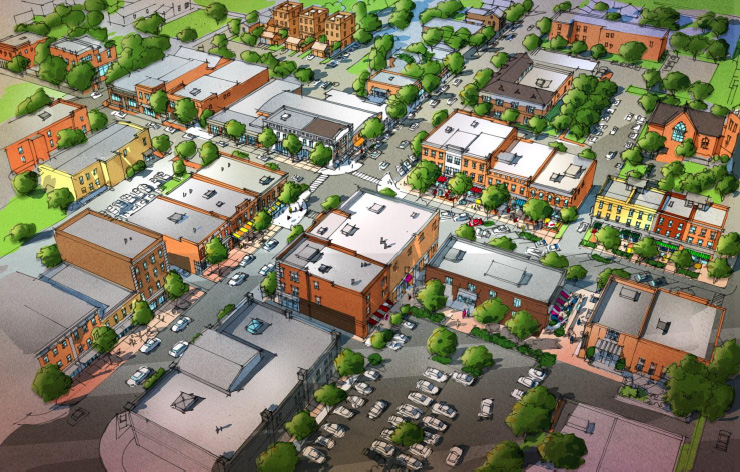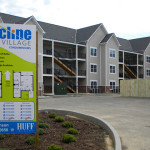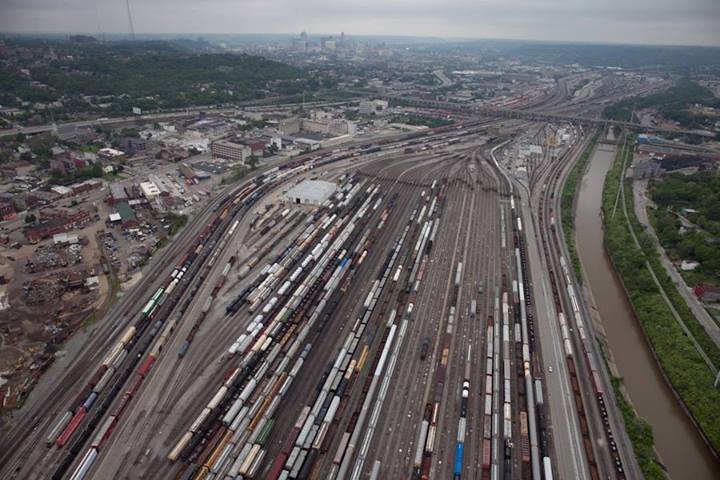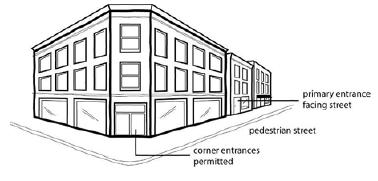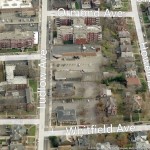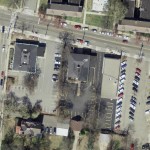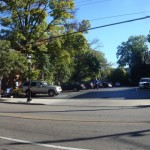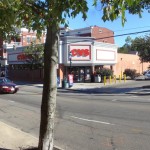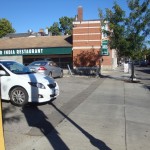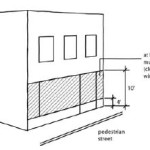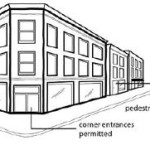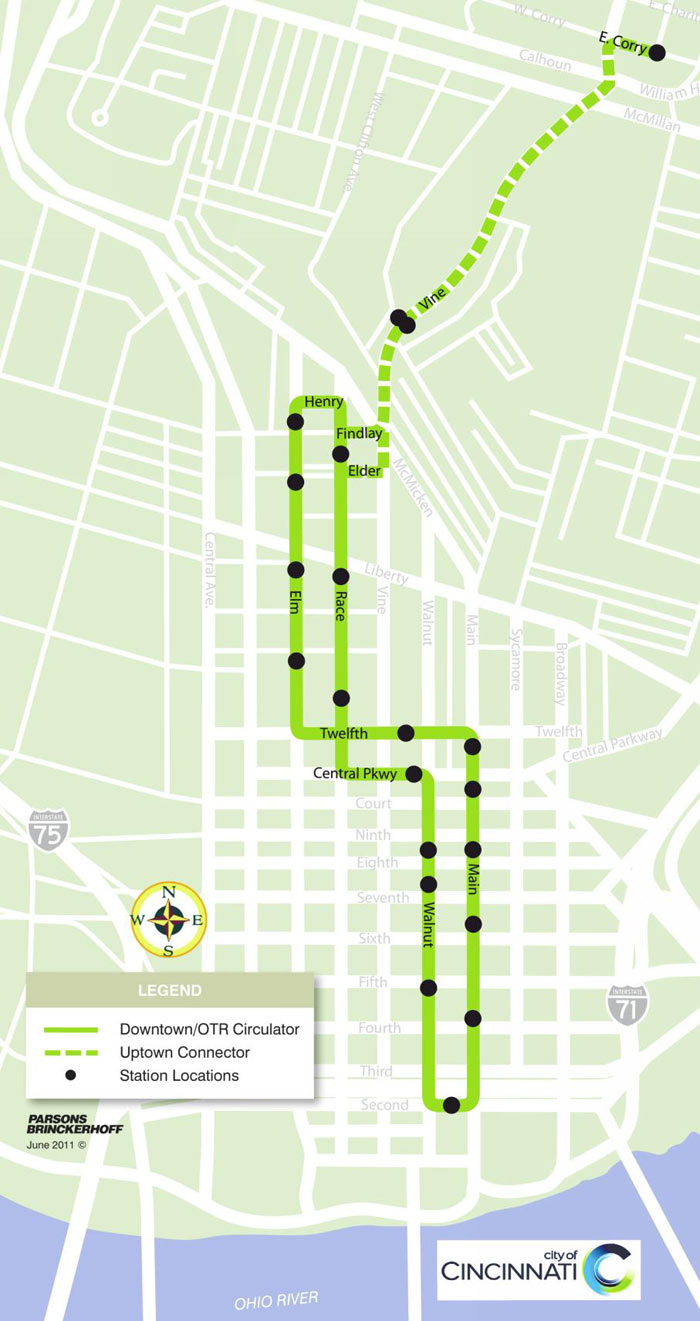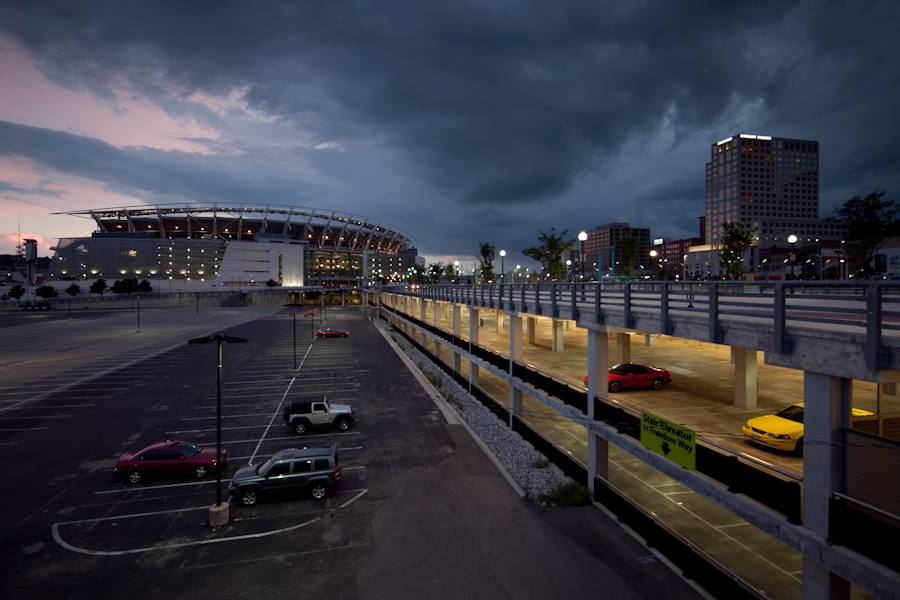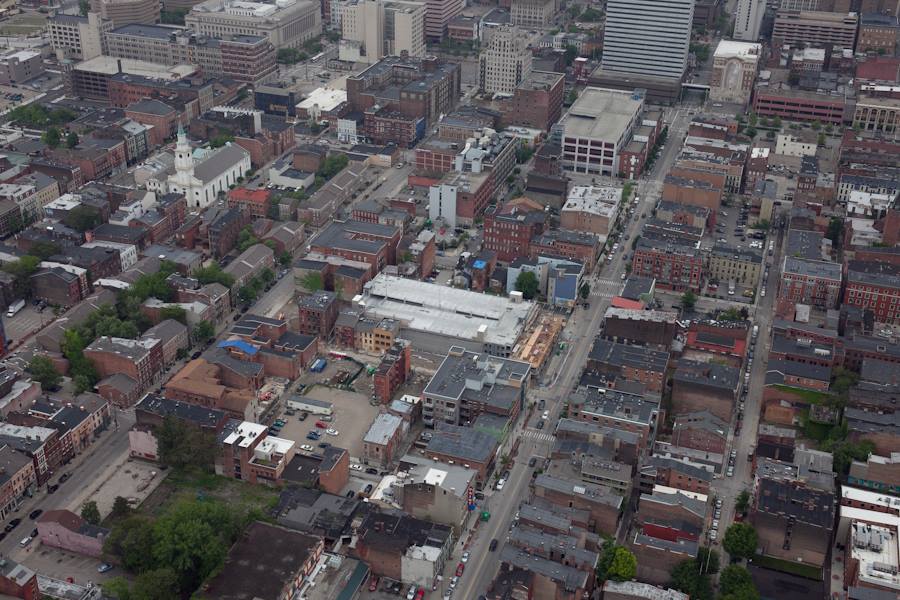Cincinnati is in the midst of revitalization. There have been several significant accomplishments achieved since 2007 when the city’s Planning Department was reconstituted. Initiatives such as Plan Cincinnati and the development of Form-based code have united regional leaders and communities to help build a shared vision of the city’s future.
These efforts could be affected drastically with the election of a new mayor on November 5th.
Qualls: Focus on vision and and consensus building:
In her time as Mayor in the 1990’s and when she returned to City Council in 2007 Roxanne Qualls (C) has been the leader in implementing a bold vision for Cincinnati through planning policies. In the 1990’s, Qualls lead the effort to narrow Fort Washington Way which allowed for the expansion of downtown and the conversion of the riverfront into a showcase for the city.
The award winning Banks Master Plan owes its existence and implementation to Qualls’s dedicated leadership in establishing the Riverfront Steering Committee which developed the plan. By the time Qualls returned to council the plan had advanced through Mayor Mark Mallory (D) who formed The Banks Working Group and began implementing the plan in 2008.
Qualls has also been active in developing Plan Cincinnati, the city’s recently adopted comprehensive plan. But since her return on council she has been more closely associated with bringing form-based codes to Cincinnati.
Since 2007 she has led several groups on tours to Nashville, TN and Columbus, OH to learn more about form-based codes and how they benefit cities. Last month, that vision became reality when Madisonville became the first city neighborhood to adopt the form-based code regulating plan.
The Cincinnati form-based code is a comprehensive land use regulation that was developed by the city through years of community participation. It is a code that emphasizes that new development be constructed in a form that integrates into the traditional character of the neighborhood.
Cranley: Focus on removing barriers for developers:
Running against Qualls is former council-member John Cranley (D) who served on council from 2001 to 2009. He resigned from council in 2009 to pursue building a private development in East Price Hill.
The Incline Square project, located next to the Queens Tower apartment building, was envisioned to have a 22,500 square-foot office building be constructed along with a 58-unit four-story apartment building and restaurant space. Only the residential and restaurant portions of that development were built.
A review of Cranley’s track record on council had shown that early in his council career, he had been an advocate for making the city more “developer friendly.” In 2002, he was instrumental as chairman on the Budget & Finance Committee in dissolving the city’s long standing Planning Department, the oldest continuously running planning division in the country at the time.
The dissolution came over disagreements between the Planning Department and a developer in Oakley for the Center City of Cincinnati development. The unprecedented move generated a good amount of public outcry.
In 2002 Cranley told the Cincinnati Enquirer, “”The Planning Department was almost given the mission of causing problems, because it was completely divorced from economic incentives and any kind of market reality.”
However; Cranley did not oppose Mallory’s effort in 2007 to reestablish the department. He also signed a motion with Qualls on advancing form-based codes in 2008, but at a recent mayoral debate sponsored by the Urban Land Institute, Cranley strongly opposed them. He has also stated his opposition to planning and zoning, stating that the solution to neighborhood problems is money.
The outcome of this election will determine the future vision and progress of Cincinnati. That vision of progress is either one forged on grand visions and community outreach or one that favors minimizing regulations and oversight to increase development in the city.
